ORIGINAL RESEARCH
Published on 10 Oct 2022
Multi-arrays of 3D cylindrical microdetectors for beam characterization and microdosimetry in proton therapy

doi 10.3389/fphy.2022.958648
- 1,024 views
- 2 citations
4,829
Total downloads
26k
Total views and downloads
Select the journal/section where you want your idea to be submitted:
ORIGINAL RESEARCH
Published on 10 Oct 2022

MINI REVIEW
Published on 10 Oct 2022
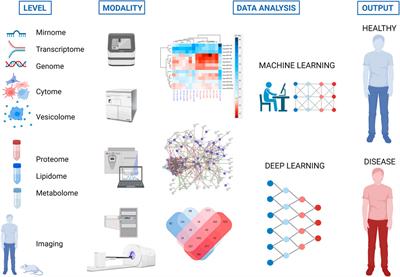
BRIEF RESEARCH REPORT
Published on 28 Sep 2022
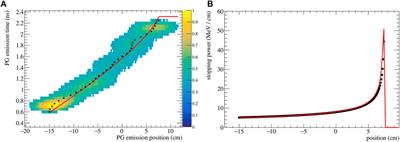
ORIGINAL RESEARCH
Published on 26 Sep 2022

PERSPECTIVE
Published on 16 Sep 2022
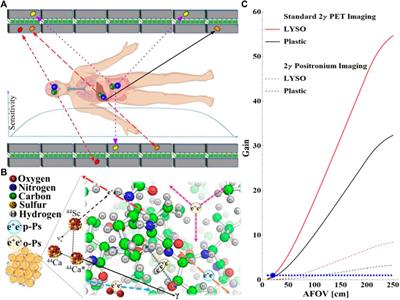
MINI REVIEW
Published on 16 Sep 2022
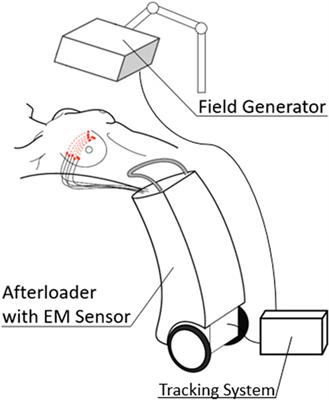
ORIGINAL RESEARCH
Published on 19 Aug 2022
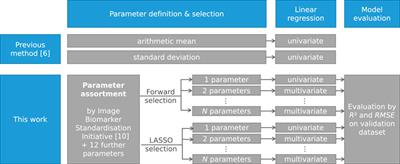
REVIEW
Published on 14 Jul 2022
![Towards Routine Clinical Use of Dosimetry in [177Lu]Lu-PSMA Prostate Cancer Radionuclide Therapy: Current Efforts and Future Perspectives](https://www.frontiersin.org/files/myhome article library/940677/940677_Thumb_400.jpg)
ORIGINAL RESEARCH
Published on 11 Apr 2022


Frontiers in Physiology